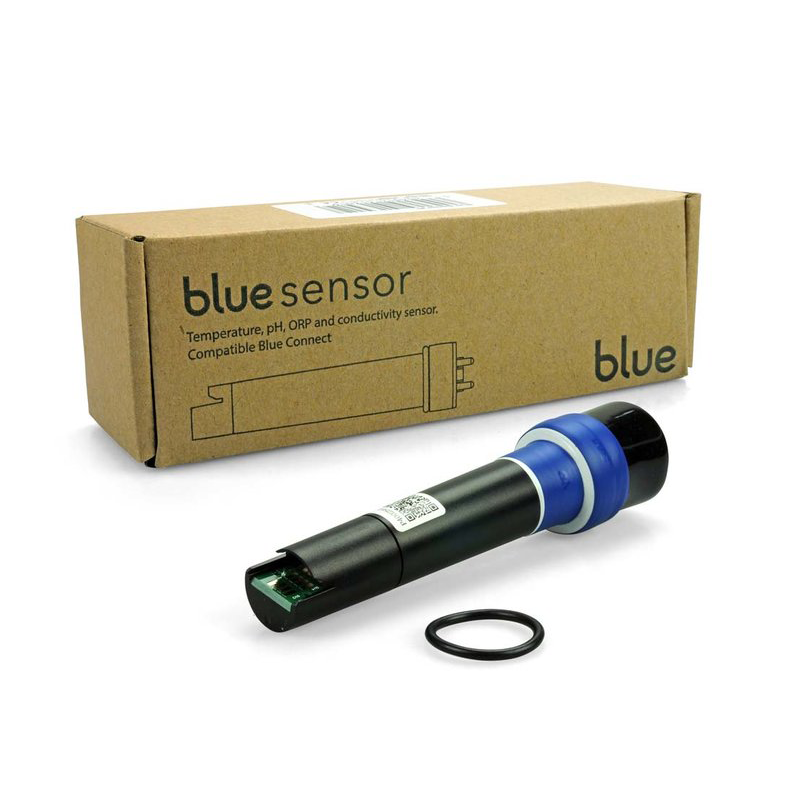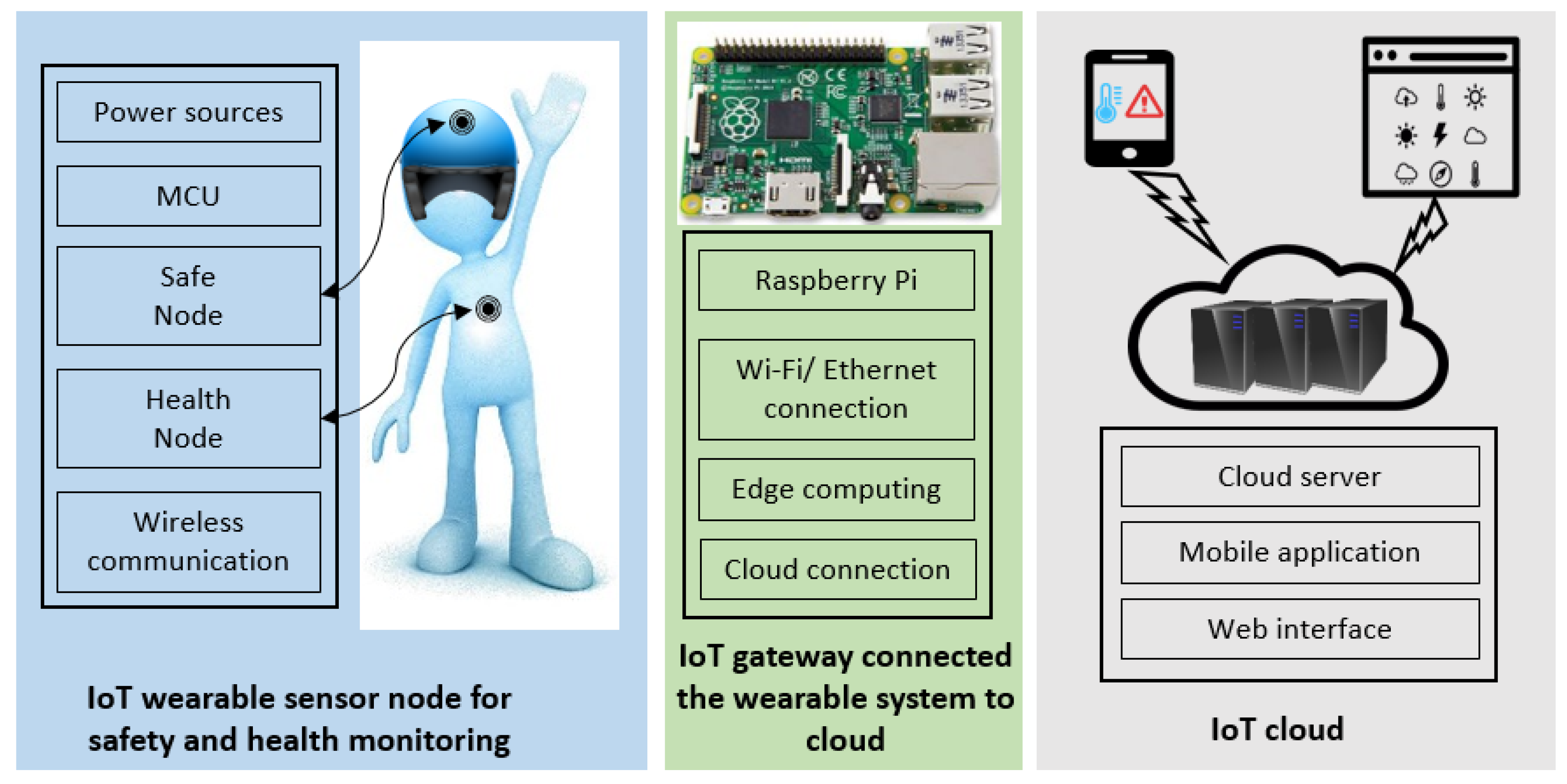
We then formulate recommendations for a transdisciplinary approach that integrates user contexts, attributes and needs to enhance the uptake of EO products and services in Africa. These private initiatives have prospects for further developing indigenous EO capacity as envisioned in the African space policy and strategy. Although still very few, potentials are emerging for the private sector to deploy EO products and services such as crop or index-based insurance directly to farmers. It is generally assumed that users at the local levels are educated and digitally literate, or that the transmission of EO-based knowledge is achieved by government officers and researchers. The analysis indicates that most EO users are either government organisations or researchers, with very few cases involving other types of users. Recent developments, such as the African space policy and strategy, and initiatives in partnerships with Africa-based organisations to develop a community of practice on EO hold the potential to fill the identified gaps. Using reference cases, we find that actors outside Africa drive most EO initiatives, whereas country-level expenditures on EO remain low. First, we argue that a successful uptake of EO services is conditional on understanding the African context and matching EO development and deployment to it. This article examines how EO can better serve the needs of African users. However, its use and application remain below potential on the continent. The resulting information feeds into FEWS NET reports, helping to save lives by motivating and targeting timely humanitarian assistance.Īfrica stands to gain from Earth Observation (EO) science, products and applications.

Crop and hydrologic models can translate these observations into impacts.

Midseason droughts are monitored using multiple cutting-edge Earth-observing systems. This DEWS uses diagnostic analyses to guide predictions. Here we describe FEWS NET’s multiagency multidisciplinary DEWS and Food Security Outlooks. While drought monitoring and prediction provides just one part of FEWS NET’s monitoring system, it draws from many disciplines-remote sensing, climate prediction, agroclimatic monitoring, and hydrologic modeling. Here we provide an overview of FEWS NET’s DEWS using examples from recent climate extremes. FEWS NET depends on a Drought Early Warning System (DEWS) to help understand, monitor, model, and predict food insecurity.

Agency for International Development’s Famine Early Warning Systems Network (FEWS NET) has been providing evidence-based guidance for effective humanitarian relief efforts. Yet these slow-onset disasters also provide opportunities for effective intervention, as seen in Ethiopia in 2015 and Somalia in 2017. As seen in Ethiopia in 1984 and Somalia in 2011, food shortages can lead to famine. When the rains fail, incomes diminish while food prices increase, cutting off the poorest (most often women and children) from access to adequate nutrition.

Most live in Africa, Central America, or Southwest Asia. On a planet with a population of more than 7 billion, how do we identify the millions of drought-afflicted people who face a real threat of livelihood disruption or death without humanitarian assistance? Typically, these people are poor and heavily dependent on rainfed agriculture and livestock.


 0 kommentar(er)
0 kommentar(er)
